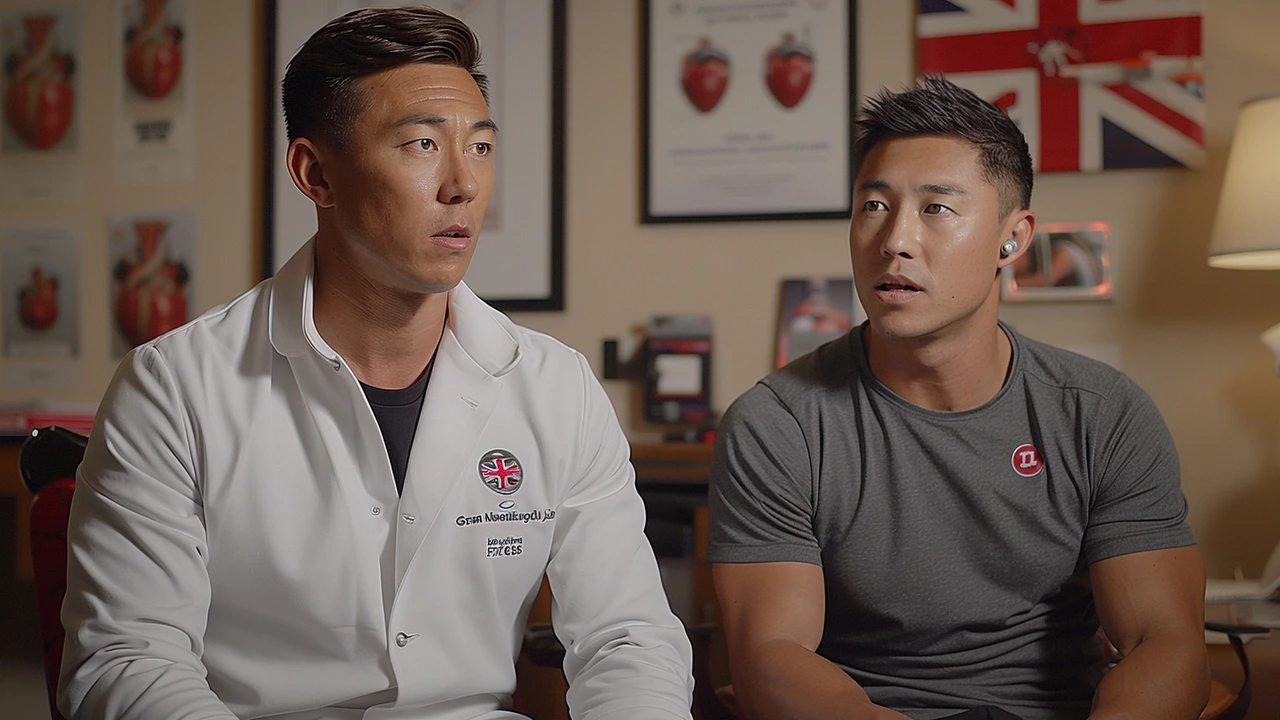Blood clots: what you need to know
Blood clots can be harmless or life threatening. You'll learn how to spot dangerous clots, simple steps to lower risk, and when to get urgent care. This page gathers clear guidance and links to our detailed articles so you can act fast and smart.
Spotting clots early
Not all clots are obvious. Deep vein thrombosis (DVT) often starts in the leg. Watch for swelling, warmth, redness, and a tight or aching feeling in one calf. Pulmonary embolism (PE) happens when part of a clot breaks free and lodges in the lung. Sudden shortness of breath, sharp chest pain that worsens with breathing, lightheadedness, or coughing up blood are red flags. If you have any of these symptoms, call emergency services immediately.
Risk increases after surgery, long flights, pregnancy, cancer, smoking, and with some medications. Age, obesity, and family history also matter. Certain pills, like hormonal treatments, can raise clot risk. If you're starting a new medication, ask your doctor how it affects clotting.
Preventing and treating clots
Simple moves reduce risk. During long trips, stand and walk every hour, flex your ankles while seated, and stay hydrated. After surgery follow your doctor's guidance on mobility and compression stockings. If you're at high risk, a doctor may prescribe blood thinners like warfarin, apixaban, or rivaroxaban. Those medicines lower clotting but can raise bleeding risk, so your provider will balance benefits and harms.
When treated early, most people recover well. Doctors use scans like ultrasound for DVT and CT pulmonary angiography for PE to confirm diagnosis. Treatment can include anticoagulants, clot-busting drugs in severe cases, or filters placed in a large vein for patients who cannot take blood thinners. You should understand signs of bleeding while on anticoagulants: unusually heavy bruising, blood in urine or stool, or prolonged bleeding from minor cuts.
Managing long-term risk means addressing controllable factors. Quit smoking, lose excess weight, control blood pressure, and treat underlying conditions such as diabetes or high cholesterol. Keep a list of your medications and share it with all your healthcare providers. If you have a family history of clotting disorders, genetic testing may be appropriate after consulting a specialist.
Use our articles for practical help: how to choose safe pharmacies, medication guides, and lifestyle tips that matter. If you need prescriptions like blood thinners or related drugs, our site shows safe online pharmacy practices and what to ask your clinician. Never change or stop prescribed anticoagulants without medical advice.
If you're unsure whether a symptom is serious, err on the side of caution and seek medical care. Knowing the signs, lowering risk, and following treatment plans protect you and your loved ones.
Check your risk regularly and keep emergency numbers handy. If you travel, carry a note about medications and your anticoagulant status. Ask your pharmacist about drug interactions when starting new medicines, supplements, or herbal remedies. Small precautions avoid big problems. Talk openly with your care team. They know the best steps for you.
